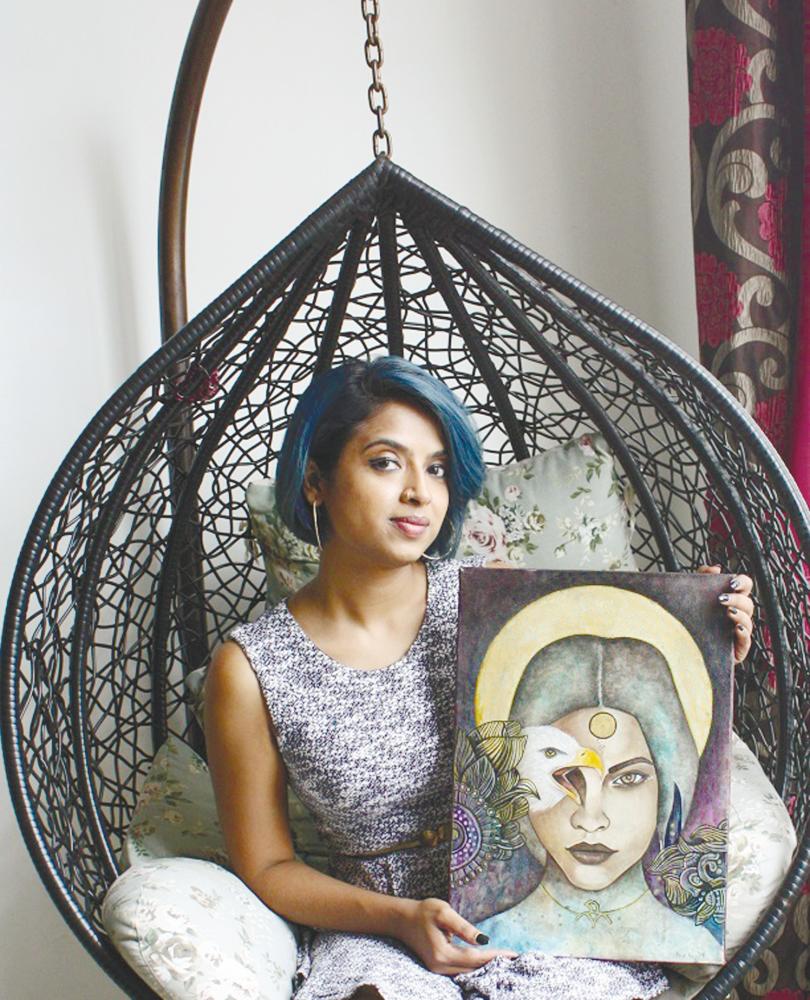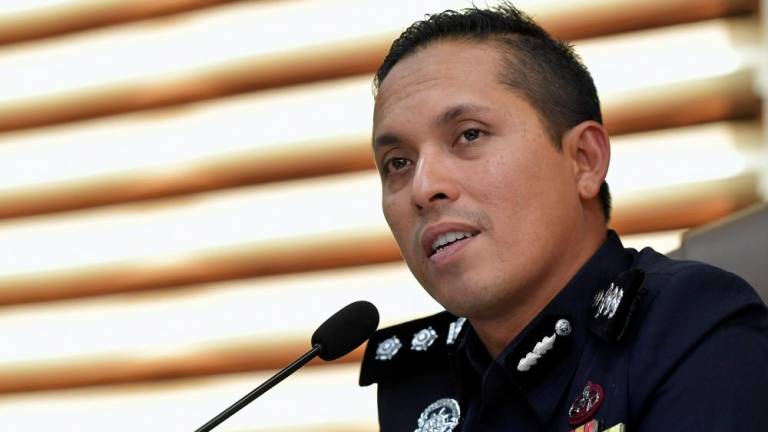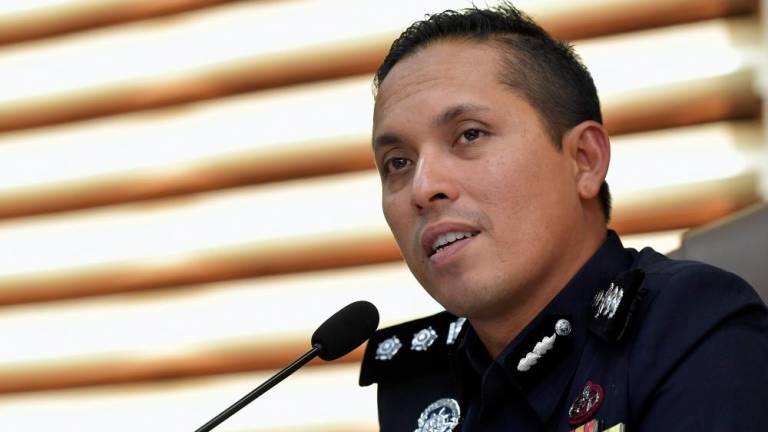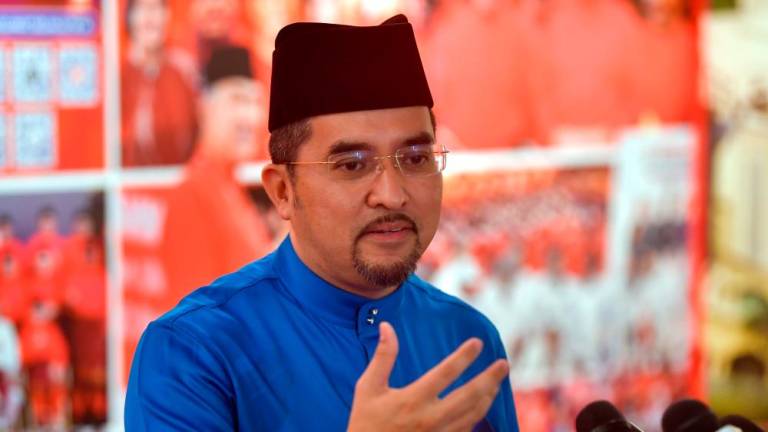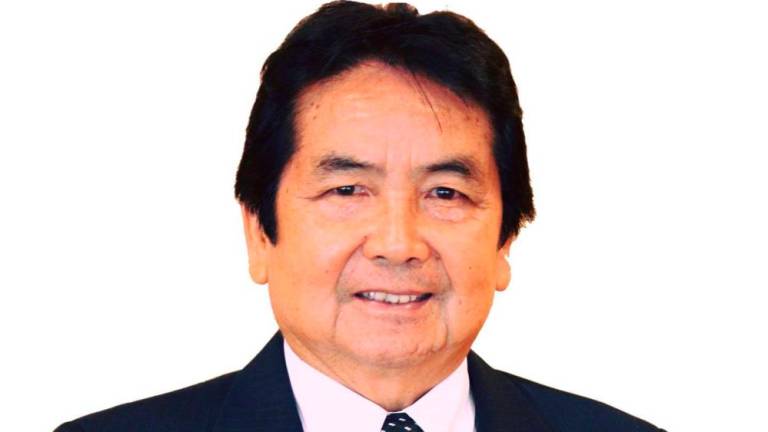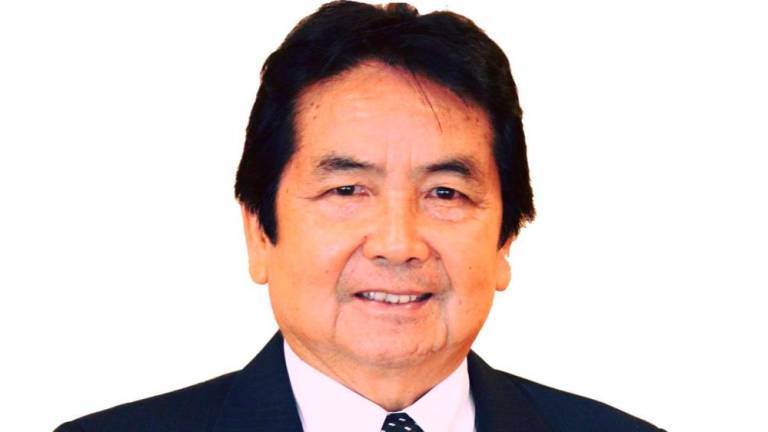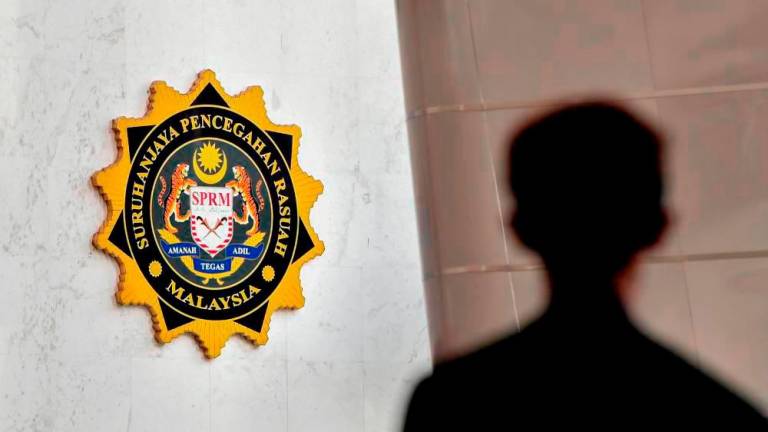MALAYSIAN visual artist Mohana Kumara Velu, better known as Mona KV, has an impressive resume. Her works have been exhibited in the United States, India, Bangladesh, Indonesia and Thailand.
And apparently, renowned Indian composer and two-time Oscar winner A.R. Rahman has one of her works hanging at his recording studio in Chennai, India.
“Art is my friend,” says Mona, 33. “Whenever I want to express myself, I always turn to art. I need art in my life.”
She remembers her interest in art began at age three, after her grandfather bought some art blocks and watercolours.
“My grandfather said I knew my colours well,” says Mona, who was born and raised in Kuala Lumpur.
She has also begun merchandising her works. Last year, she collaborated with a clothing companyto print her art on t-shirts.
“I will get some royalties with each t-shirt sold,” she says.
Who are the artists you admire?
“Frida Kahlo (the Mexican painter). She is my biggest role model. I love the way she translated her reality into visual form. She is a strong woman to look up to.
“A Malaysian artist I admire is Jeganathan Ramachandram. He is proud of his culture, and that shows through his works.
“Another Malaysian artist I admire is Maamor Jantan. He is a renowned water colourist and has a unique style.”
What are the highlights of your career?
“The first happened in 2017 when the Kuala Lumpur fan club of A.R. Rahman hired me to draw his portrait, and they gave me the opportunity to present the work to him.
“I grew up listening to his songs. I could not believe it. It was a surreal moment for me.”
“[The second highlight] happened in 2018 when a gallery in Bali asked me to hold a solo exhibition. Bali has an exciting art scene, and some of the most talented artists, so it was really honour to exhibit there.”
What are some compliments and criticism you have received?
“I take all criticism and compliments with a pinch of salt. The best compliment was when people showed genuine interest in my art and asked questions about my work. I feel happy when my art triggers some emotions, and strikes a chord with my audience.
“The worst criticism was when some people said I used too many ‘Indian colours’ (red and blue) in my works. But I am proud of my ethnicity.
“Personally speaking, I do not believe any colours are associated with a particular race. I think the artist should be given the freedom to use any colours they want in their art.”
What is the biggest change you would like to see taking place in the Malaysian art scene?
“I believe Indian visual artist are less represented in Malaysia. Art galleries need to give equal opportunity to all artists, regardless of gender and race.
“I would personally like to see even disabled artists being given the opportunity to exhibit their art works in galleries.”
Describe your childhood years.
“My father is a freelance writer. He has written children’s books in the past. He has also directed some stage plays.
“My mother is home maker. But she is also creative. She loves to design her own clothes. I am their only child, and I grew up in a creative atmosphere.
“Some parents would object when their child wants to be a visual artist, because it is not a stable career. But my parents have been totally supportive of my ambition.
“I was doing well in school. I was in the science stream. I remembered a teacher tried to brainwash my father to enrol me into a medical or engineering course.
“My father told him that he would let me choose my own career path.”



